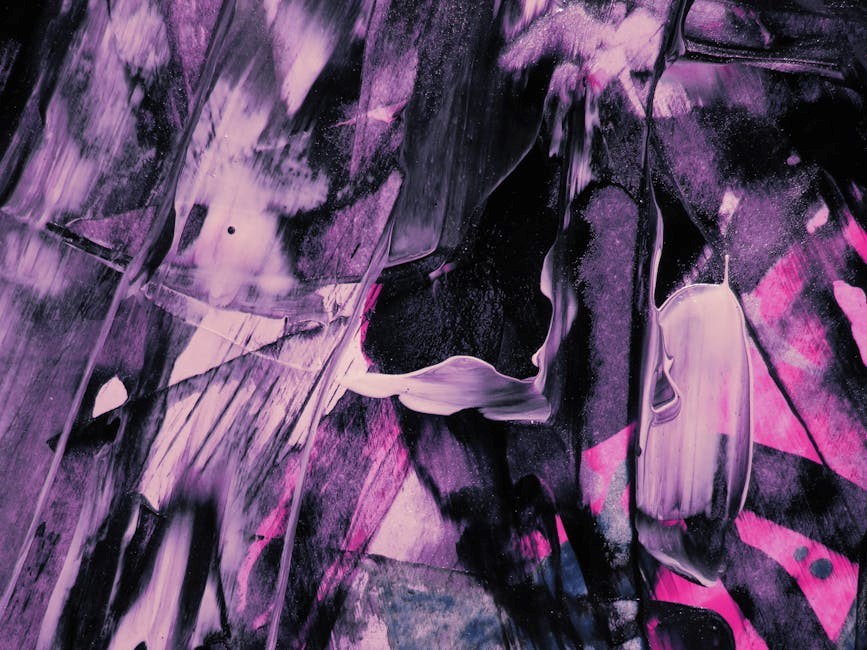Discover the world of watercolour painting through comprehensive PDF guides, offering tutorials, techniques, and inspiration for artists of all skill levels. Explore versatile mediums, tools, and creative approaches to master this timeless art form.
What is Watercolour Painting?
Watercolour painting is a translucent art form using water, pigments, and gum arabic to create vibrant, delicate images. Unlike oil painting, watercolours rely on the white of the surface to shine through, giving a unique luminosity. Techniques like wet-on-wet and wet-on-dry allow for blending and layering, while tools such as brushes and sponges add texture. Its versatility makes it ideal for landscapes, portraits, and abstracts. PDF guides provide step-by-step lessons, from basic washes to advanced methods, making it accessible to all skill levels. Watercolour’s unpredictability and fluidity challenge artists but also offer endless creative possibilities, making it a timeless and captivating medium.
Why Use a Watercolour Painting PDF?
A watercolour painting PDF is an invaluable resource for artists, offering comprehensive guides, tutorials, and step-by-step instructions. It provides portability, allowing artists to access lessons anywhere. These PDFs often include expert tips, inspiring examples, and detailed techniques, making them ideal for both beginners and advanced artists. They cover essential topics like materials, pigment ratios, and texture creation, while also showcasing diverse subjects such as landscapes and portraits. PDF guides are versatile, enabling artists to learn at their own pace and refine their skills. They are a convenient and enriching tool for mastering the art of watercolour painting, enhancing creativity and technical proficiency.
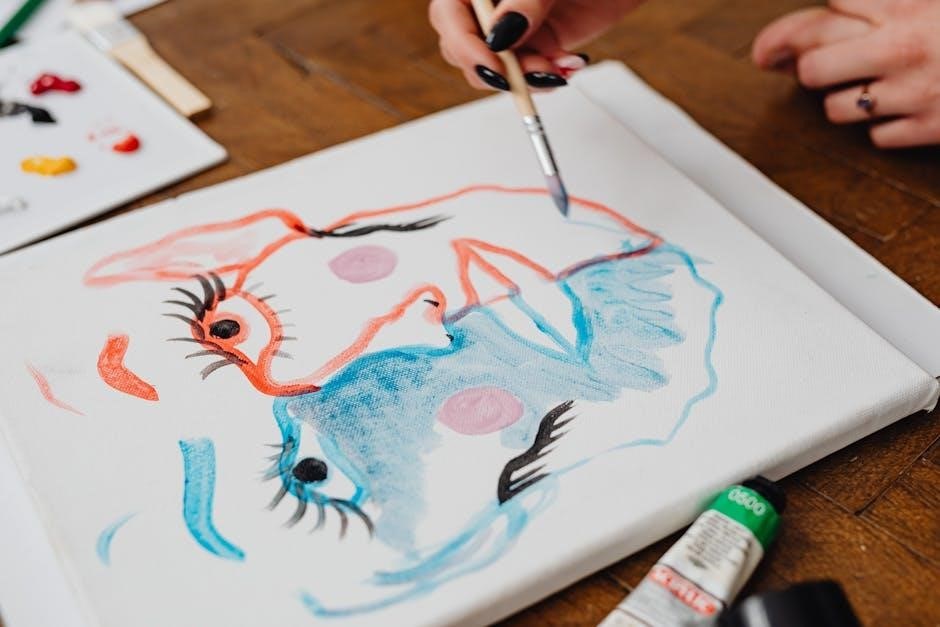
Essential Materials for Watercolour Painting
High-quality watercolour paints, versatile brushes, and durable paper are core materials. Additional tools like tape, sponges, and salt enhance texture and creativity in your artwork.
Best Watercolour Paints and Brushes
Investing in high-quality watercolour paints and brushes is essential for achieving vibrant, professional results. Look for light-fast, pigment-rich paints from reputable brands like Winsor & Newton or Daniel Smith. Brushes made from natural fibers, such as sable or squirrel hair, are ideal for watercolour due to their excellent water-holding capacity. Synthetic brushes, while more affordable, can also perform well. For detail work, consider round brushes, while flat brushes are perfect for broad washes. Many artists recommend starting with student-grade paints before upgrading to professional-grade as skills improve. The right tools will elevate your technique and ensure lasting artwork.
Paper and Surfaces for Watercolour
Choosing the right paper and surfaces is crucial for watercolour painting. Opt for high-quality, acid-free watercolour paper with a weight of 140lb (300gsm) or higher to prevent buckling. Hot-press paper offers a smooth surface for fine details, while cold-press and rough papers provide texture for expressive work. Always stretch and prime paper before painting to ensure durability. Beyond traditional paper, explore alternative surfaces like watercolour grounds applied to canvas, wood, or even fabric. These options allow for unique textures and long-lasting results. The surface you select will significantly impact the final outcome of your artwork, making it a key decision in your creative process.
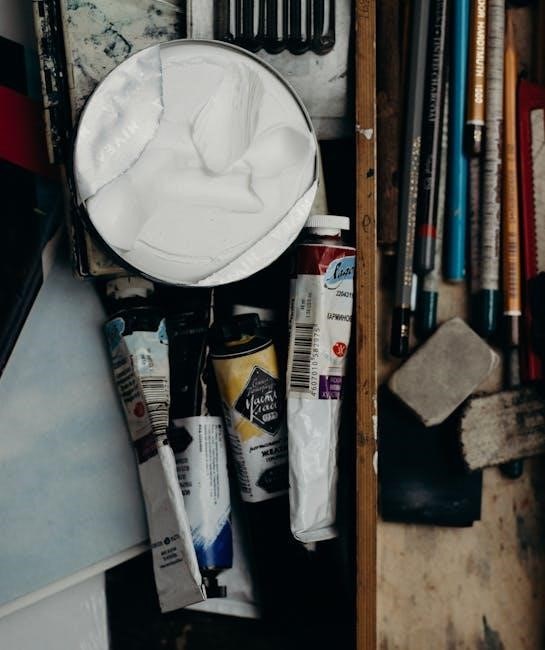
Basic Techniques in Watercolour Painting
Master foundational watercolour techniques like wet-on-wet, wet-on-dry, and layering to achieve vibrant, transparent washes. These methods enhance fluidity and depth, essential for capturing light and texture.
Wet-on-Wet vs. Wet-on-Dry Techniques
Wet-on-wet involves applying wet paint to wet paper, creating soft, blended washes perfect for skies and backgrounds. Wet-on-dry requires a dry surface, offering crisp, sharp details ideal for fine lines and contours. Both techniques are fundamental in watercolour painting, allowing artists to control texture and tone. Wet-on-wet enhances fluidity and spontaneity, while wet-on-dry provides precision and structure. Understanding these methods is crucial for achieving desired effects and mastering watercolour’s unique qualities. Practice both to expand your creative possibilities and refine your artistic expression.
Creating Washes and Layering
Creating washes and layering are essential techniques in watercolour painting, enabling artists to achieve depth, luminosity, and intricate details. A wash is made by applying thin, transparent layers of paint to the paper, allowing each layer to dry before adding the next. This method builds up colours gradually, preventing muddiness and maintaining clarity. Layering allows for subtle shifts in tone and texture, enhancing the overall composition. By mastering these techniques, artists can create soft gradients, delicate skies, and complex scenes with ease. Practice these methods to unlock the full potential of watercolour and bring your artistic visions to life.

Advanced Watercolour Painting Techniques
Explore advanced methods like pigment ratios, salt, and sponge techniques to create intricate textures and enhance atmosphere, transforming your work into dynamic, professional watercolour pieces.
Mastering Pigment and Water Ratios
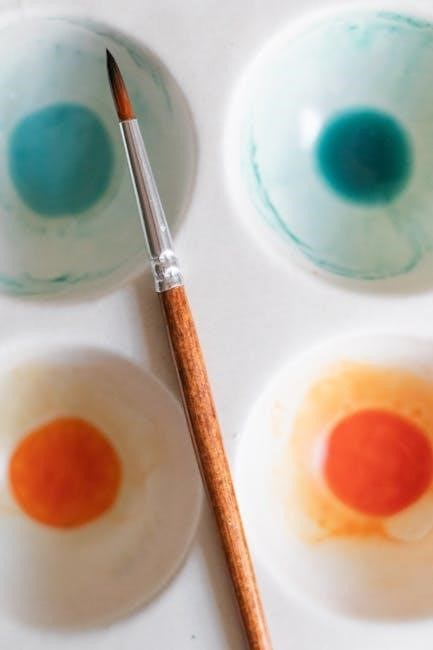
Mastering pigment and water ratios is crucial for achieving desired effects in watercolour painting. By adjusting the proportion of pigment to water, artists can create vibrant washes or subtle, transparent layers. A higher pigment concentration produces rich, bold hues, while more water results in softer, lighter tones. This balance is essential for capturing the delicate nuances of light and shadow in landscapes and portraits. Experimenting with these ratios allows artists to develop a personal style and enhance their overall composition. Proper control over this technique is key to unlocking the full potential of watercolour painting.
Using Salt and Sponge for Textures
Enhance your watercolour paintings with unique textures using salt and sponge techniques. Sprinkling salt on wet paint creates speckled, organic patterns, ideal for depicting stone, bark, or foliage. Sponges can apply paint in irregular, layered textures, perfect for backgrounds or abstract effects. These tools add depth and visual interest to your work. Experiment with different salt sizes and sponge densities to achieve varied results. Timing is key—apply these techniques while the paint is still wet for optimal blending. This approach allows artists to break free from traditional brushstrokes, adding a dynamic, tactile quality to their pieces. It’s a fun and creative way to explore watercolour’s versatility.
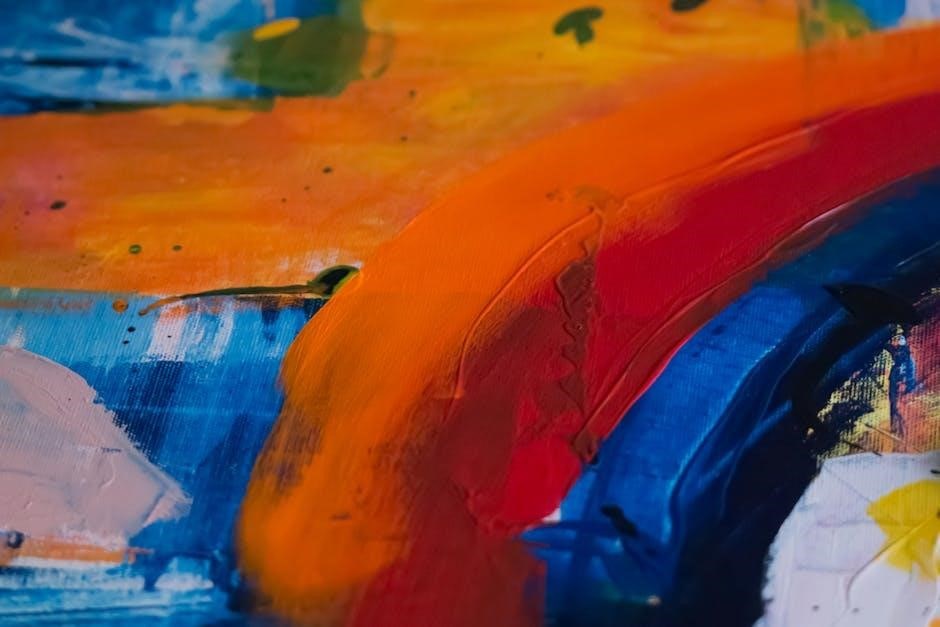
Popular Subjects for Watercolour Painting
Watercolour excels in capturing delicate landscapes, vibrant portraits, and intricate still-life compositions. These subjects allow artists to explore light, colour, and detail with precision and creativity.
Landscapes and Skies in Watercolour
Landscapes and skies are a popular choice for watercolour artists, offering endless opportunities to capture light and atmosphere. Techniques like wet-on-wet and glazing allow for soft, ethereal effects, perfect for depicting cloudy skies and distant horizons. Many PDF guides provide step-by-step tutorials on painting realistic mountains, rivers, and sunsets. Artists can learn to blend colours seamlessly, creating depth and perspective in their work; The translucent nature of watercolours makes it ideal for capturing the subtleties of natural light, from the golden hues of dawn to the cool tones of dusk. With practice, anyone can master these techniques and bring their outdoor scenes to life.

Portraits and Figure Painting in Watercolour
Portraits and figure painting in watercolour require precision and delicacy to capture human features and emotions. PDF guides offer detailed lessons on skin tones, expressions, and anatomical accuracy. Artists learn to mix subtle colour palettes for realistic flesh tones and use layering techniques for depth. Wet-on-dry methods help achieve crisp details, while glazing enhances luminosity. Tutorials often include exercises on painting eyes, hair, and clothing textures. With practice, watercolour artists can master the challenge of creating lifelike portraits, blending technical skill with artistic interpretation to convey personality and mood in their work.
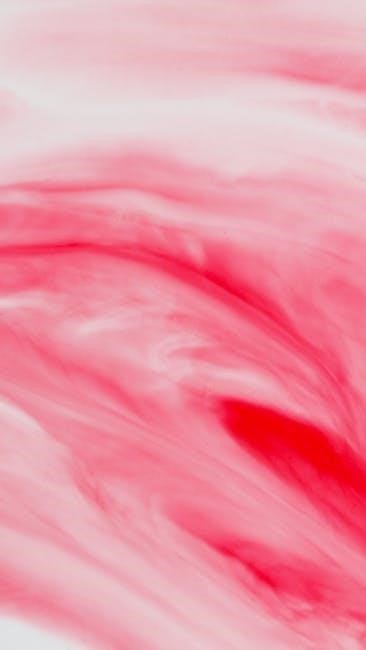
Downloading and Using Watercolour Painting PDFs
Download comprehensive watercolour painting PDFs to access tutorials, techniques, and inspiration. These guides offer step-by-step lessons and tips for mastering the medium, perfect for all skill levels.
Recommended PDF Resources for Beginners
For those new to watercolour painting, essential PDF resources include The Watercolour Artists Handbook and Beginning Watercolour. These guides provide foundational techniques, material recommendations, and step-by-step tutorials. Creative Watercolor Techniques is another excellent resource, offering practical advice on layering, washes, and texture creation. Websites like Etsy and online art platforms offer downloadable PDFs tailored for beginners, such as “Watercolour Landscape” and “Portrait Painting in Watercolor.” These resources are designed to help novices build confidence and skills, covering topics like pigment ratios, brushstrokes, and composition. They often include visual examples and exercises to practice. Start your journey with these accessible and informative PDFs.
Advanced Tutorials and Workbooks
For experienced artists seeking to refine their skills, advanced watercolour PDFs offer in-depth guides on complex techniques and artistic expression. Resources like Mastering Atmosphere and Mood in Watercolor by Joseph Zbukvic provide insights into creating evocative paintings. Detailed workbooks focus on mastering pigment ratios, advanced layering, and experimental methods like using salt and sponges for textures. These PDFs often include case studies of professional artworks, offering inspiration and practical lessons. They are ideal for artists aiming to push their creative boundaries and achieve polished, professional results in watercolour painting. These resources are indispensable for those ready to elevate their artistry.
Mastering watercolour painting requires patience, practice, and access to quality resources. With the right techniques and inspiration from PDF guides, artists can unlock their full creative potential.
Final Tips for Mastering Watercolour Painting
Consistent practice and experimentation are key to mastering watercolour painting. Start with simple exercises like washes and layering to build confidence. Invest in high-quality materials, as they significantly impact results. Experiment with techniques like wet-on-wet and wet-on-dry to achieve unique effects. Don’t shy away from using tools like salt or sponges for textures. Study the work of experienced artists and learn from their approaches. Stay inspired by exploring diverse subjects, from landscapes to portraits. Remember, watercolour is unpredictable, so embrace happy accidents. Lastly, patience is crucial—mastering this medium takes time and dedication. Keep learning and enjoy the creative journey!
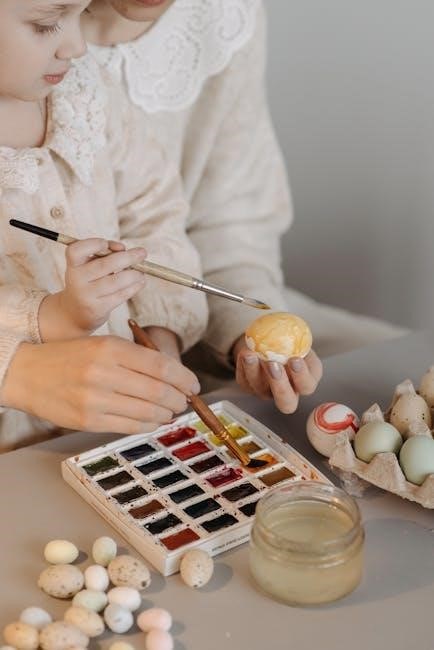
Where to Find More Resources
Expand your watercolour journey by exploring dedicated online platforms, art communities, and educational websites. Websites like Etsy offer a variety of watercolour painting PDFs, from beginner tutorials to advanced workbooks. Platforms such as Gumroad and ArtStation feature downloadable guides by professional artists. Additionally, forums and social media groups provide a wealth of shared resources and inspiration. Many art schools and instructors offer free or paid PDF resources on their websites. Don’t forget to check out libraries and online marketplaces like Amazon for comprehensive watercolour painting eBooks. These resources are perfect for refining your skills and staying updated with the latest techniques and trends in watercolour art.
